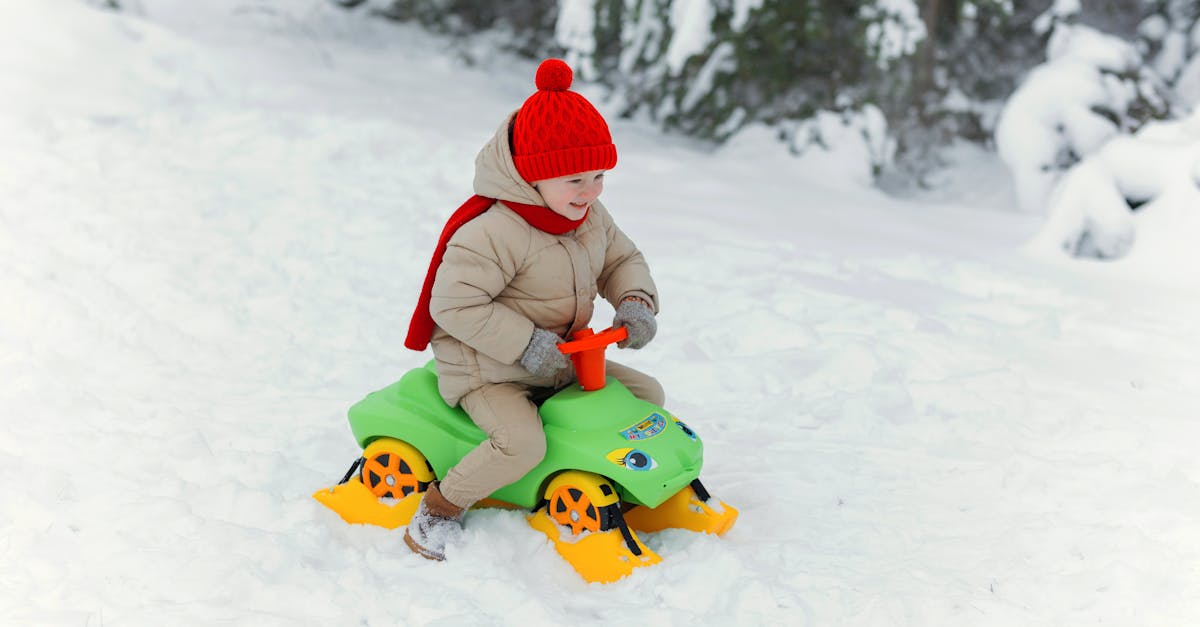
they grow. The joy derived from play also motivates children to engage repeatedly, reinforcing their learning and skill development over time.The Influence of Episodic Memory on Personal Narratives
How Playtime Affects CoordinationEpisodic memory plays a crucial role in shaping how children construct and express their personal narratives. Through recalling specific events in thei
Memory Disorders in ChildhooStrategies for Enhancing Hand-eye Coordination in Early Childhoodd
Fine-tuning Hand-eye Coordination Through Play and ExplorationThe Role of Sleep in Memory Development in Childhood